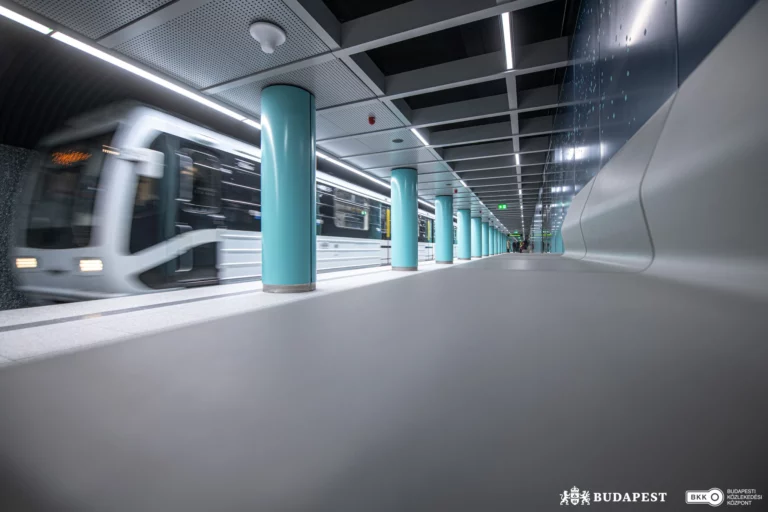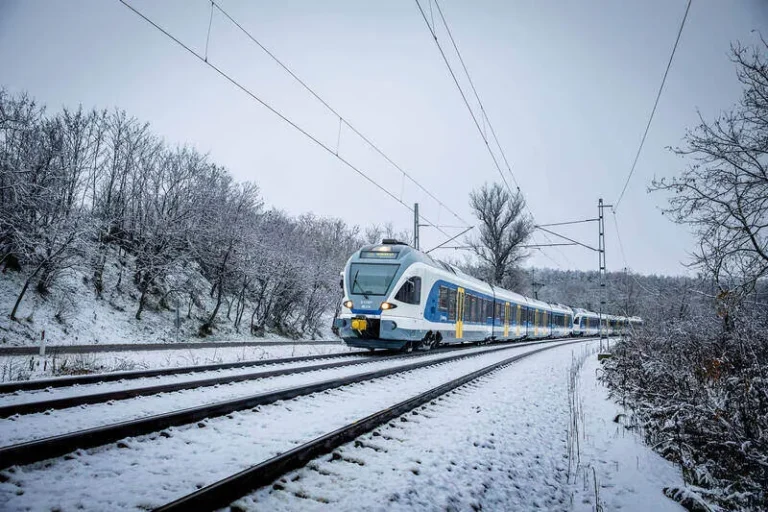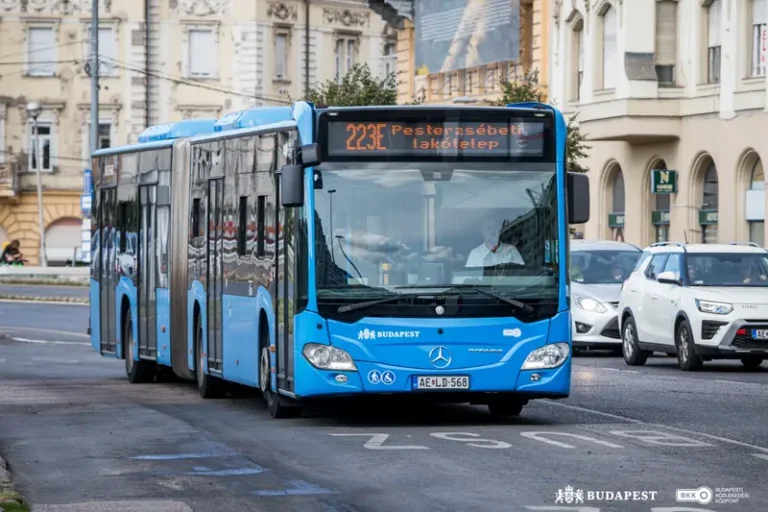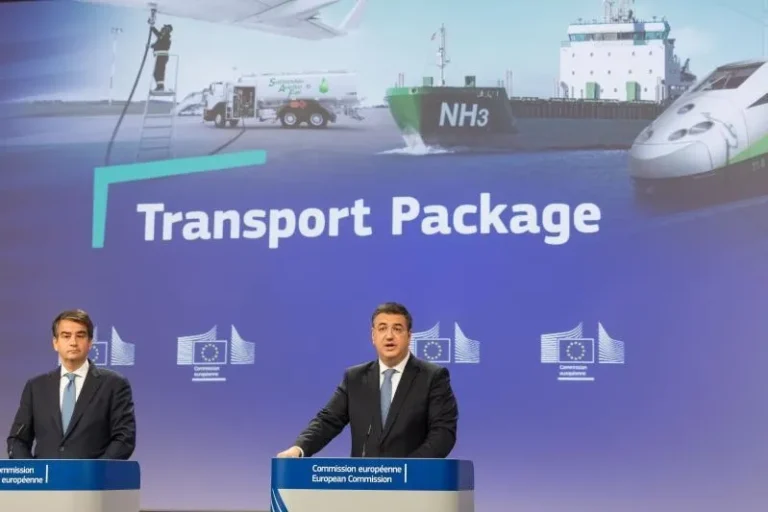transport
Hungary Airlines marks first anniversary as giant Boeing 777 cargo jet arrives in Budapest

New motorway stretch opened today in Hungary – video, photo gallery

Photos: Budapest bids farewell to iconic Ikarus 412 buses with four-day capital tour

Huge changes: EU to modify Category B driving licences

Attention: Hungarian State Railways announced new travel passes

Metro in Budapest: Your essential 2025 guide to lines, stations, tickets and useful information

Hungarian railway company MÁV launches new 15% ‘smart discount’ – but scraps earlier, more generous fare cut

Budapest tram and car collision caused major service disruptions

Arriving at Budapest Airport? Here’s what to know about taxis to downtown

Hungary launches 2026 motorway vignettes – Prices and new regional option revealed!

Another low point for Budapest traffic congestion – We spend over 100 hours a year stuck on the roads

Attention, commuters: Budapest’s “party tram” replaced by buses on several December nights!

Major road development launched in Croatia, with significant benefits ahead for Hungarian transport

Heavy snowfall in Hungary causes disruptions across regions and cuts off multiple settlements

Sleet and sticking snow ahead: Hungarian Railways and road operators boost winter readiness

Budapest launches new bus line: metrobus to ease travel for over 100,000 people!

Budapest’s suburban rail line finally gets a green light – But critics say the upgrade is actually a downgrade

EU approves new transport package – what it means for you





 ZH
ZH IT
IT DE
DE HR
HR NL
NL FR
FR JA
JA RO
RO RU
RU ES
ES TR
TR
